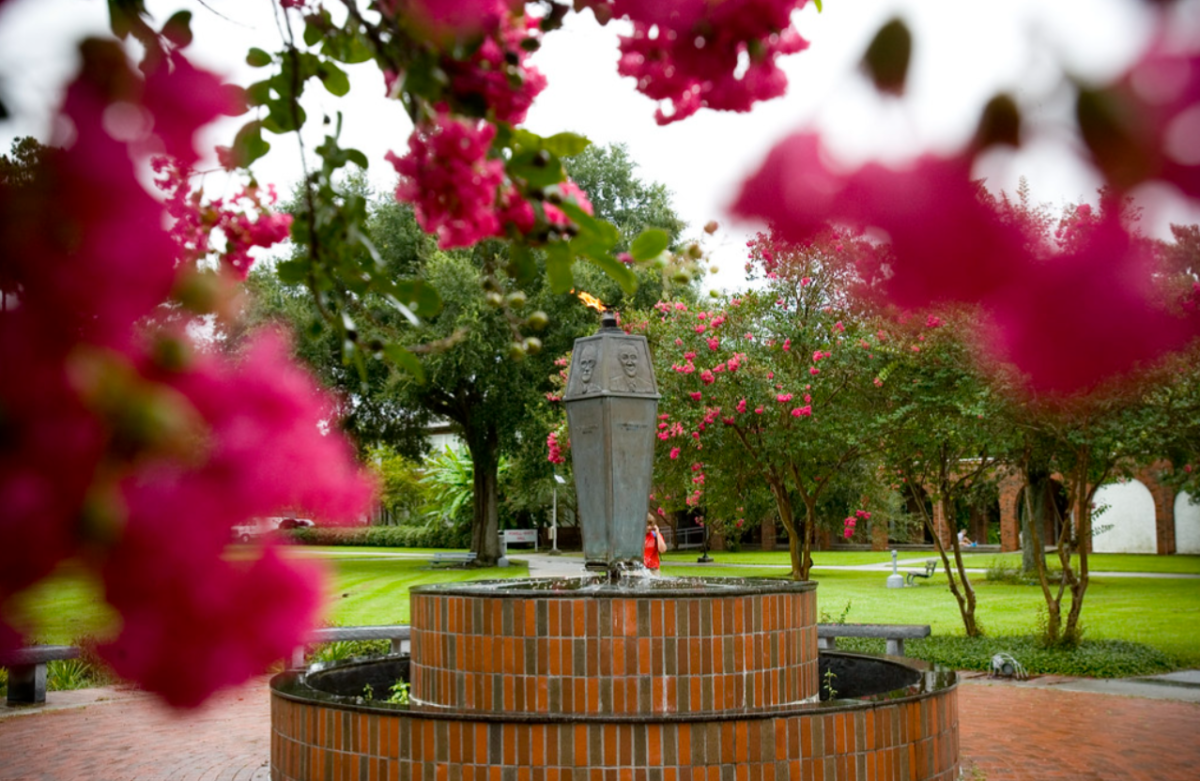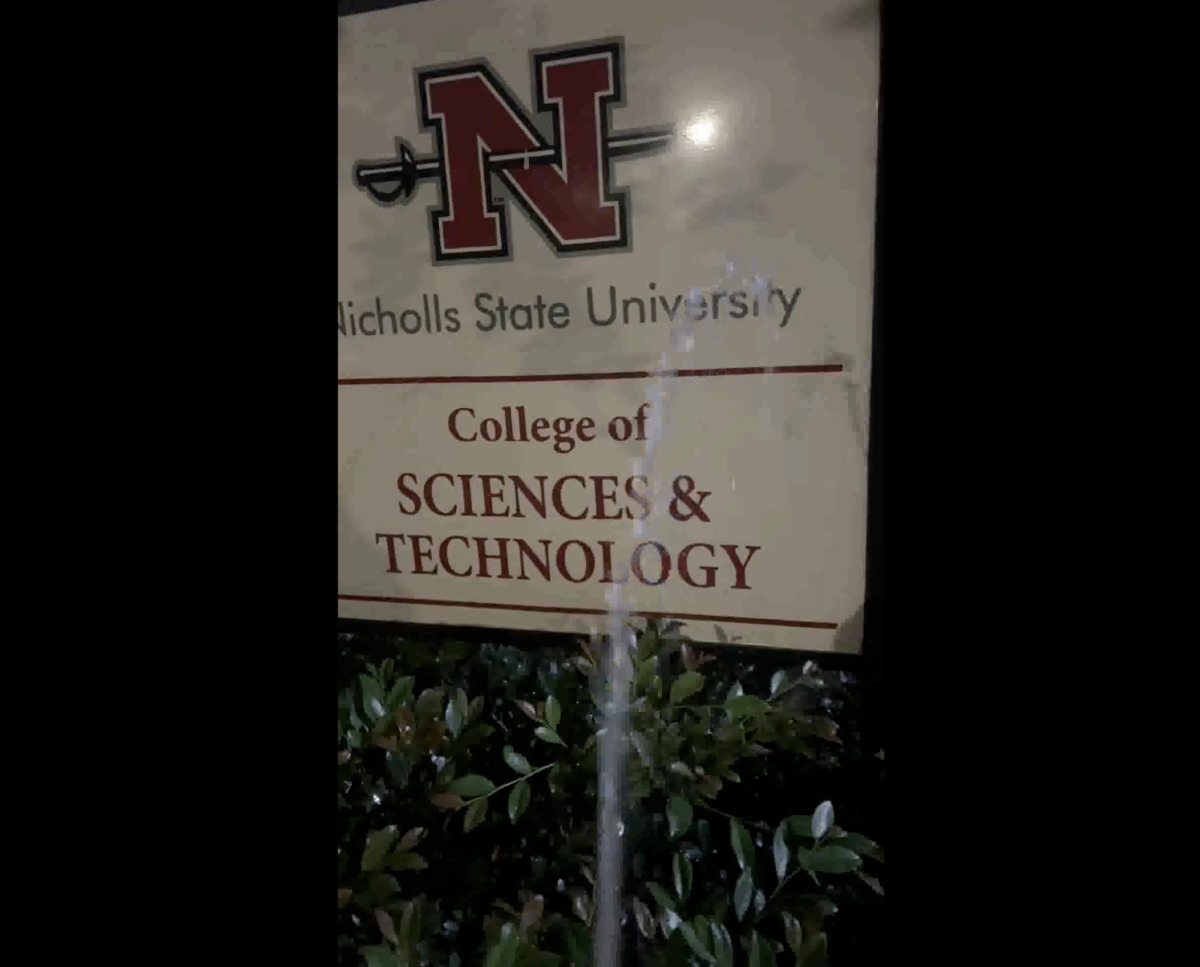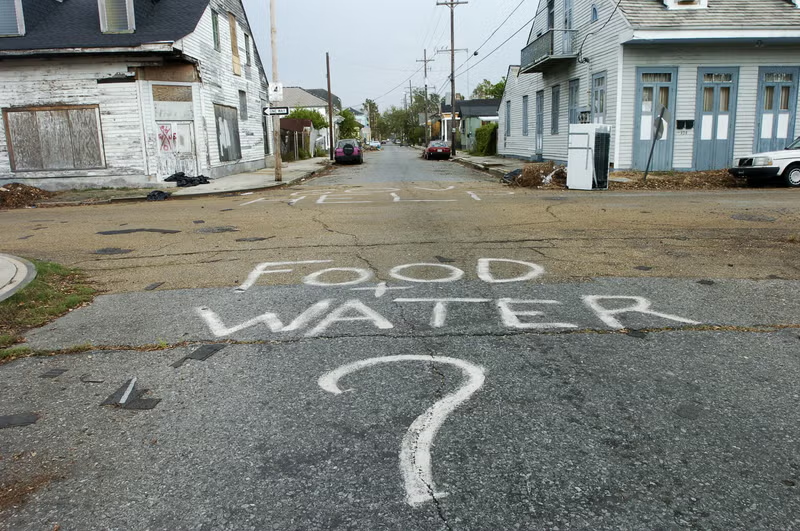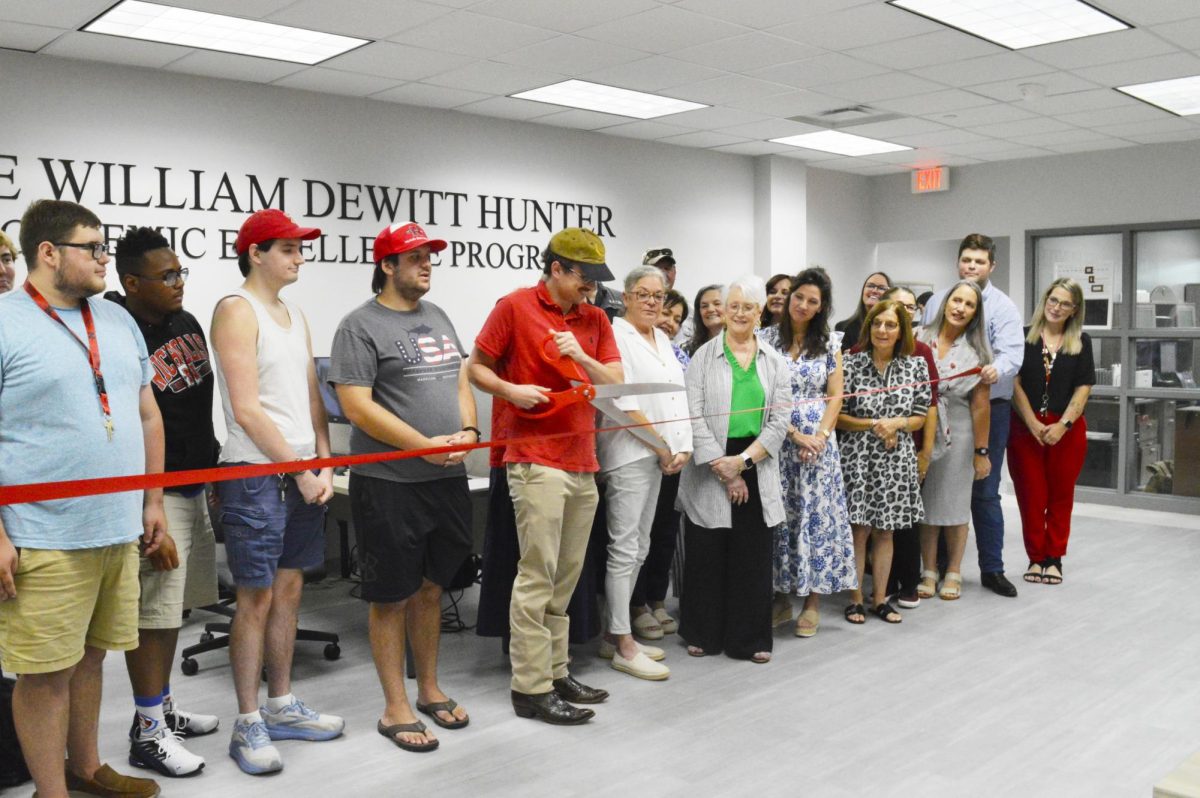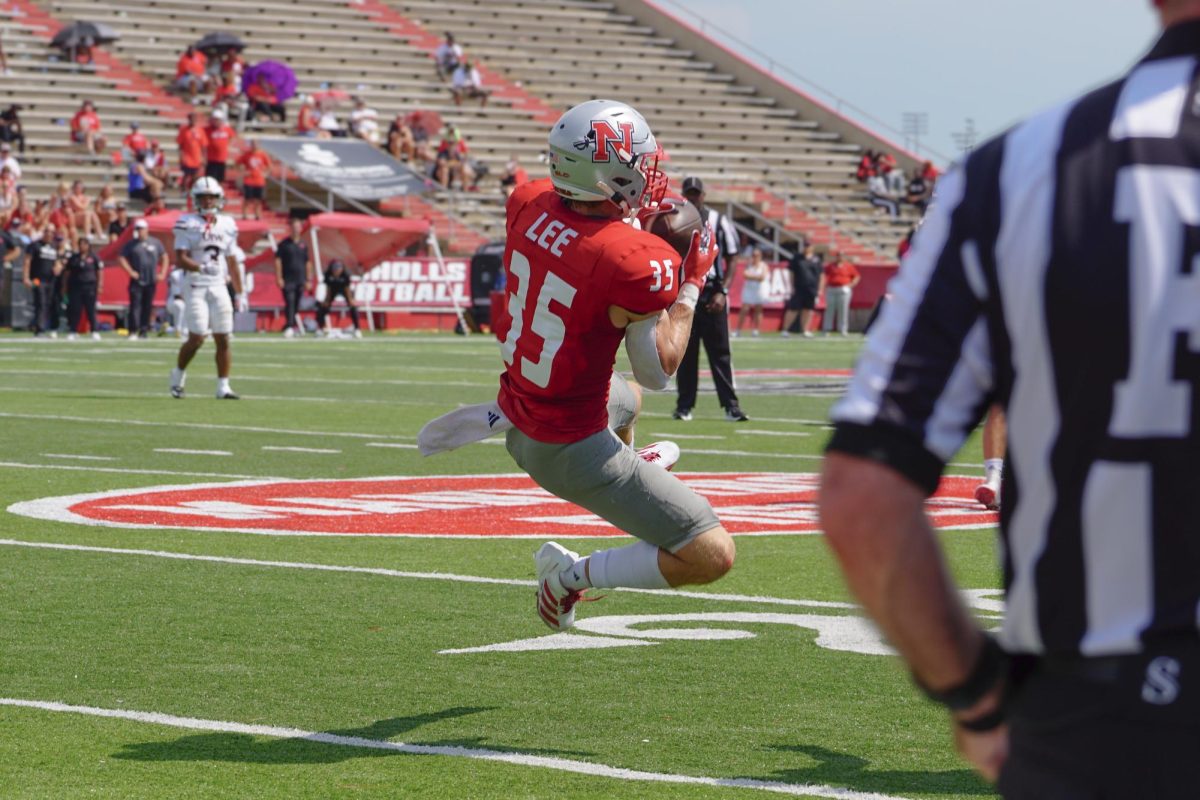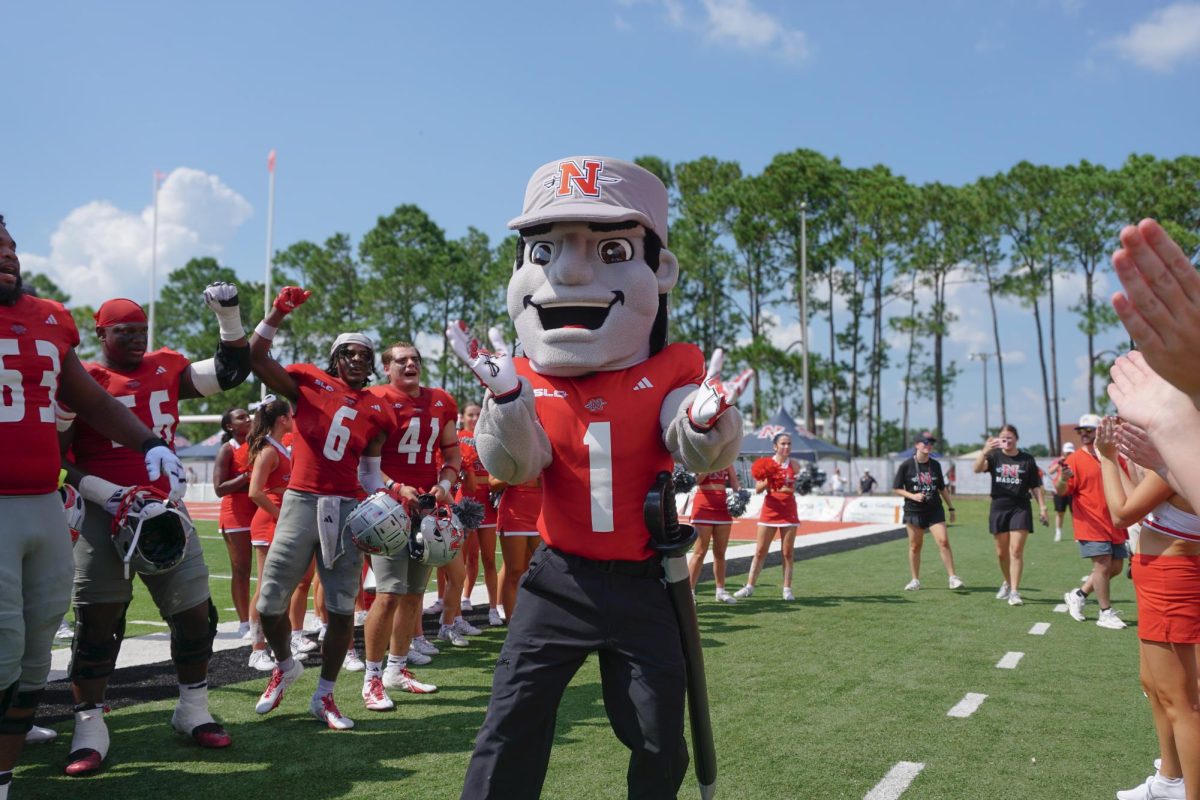Today is All-Souls Day on the Catholic Calendar, a day celebrated to commemorate souls temporarily condemned to Purgatory. It’s the last of a triduum of observances that contrast Christian and pagan traditions. Ironically, it occurs two days after Halloween, where most of those souls probably earned their seat in the big Peltier Auditorium of the afterworld.
Actually, the juxtaposition of dates has little to do with one another: A French abbot set Nov. 2 for souls, a Roman Pope set Nov. 1 for saints, and a drunken Celt set fire to his field on Oct. 31.
The Celt’s excuse in the morning was the fires would ward off evil spirits. “Khyool!” the villagers exclaimed, and thus a tradition was born.
Today is also a day to reflect on Halloween because, like its creator, we sure weren’t reflecting on it while we were partaking of it.
For instance, did you realize each time we light a Halloween bonfire we carry on a 3000-year-old drunken Celt tradition? The only difference is today the evil spirits we’re trying to ward off buzz and bite and carry West Nile Virus.
Even weenie and marshmallow roasts derive from ancient times. Of course, back then, before the development of breadcrumbs, soy protein, sodium erythorbate, guar gum, and FD&C Red #2, a wiener was made of meat. And, after three centuries, we still don’t understand what marshmallows are made of.
It’s the Irish who carried the tradition with them when millions emigrated to America following the potato famine of the mid-19th century.
They would have carried potatoes, but the carved pumpkins smelled a lot better at the time. Back then, Irish children would dress up as ghosts and ghouls, witches and warlocks, and zombies and goblins.
In America, with a different mythology from which to draw inspiration, they continued the tradition by dressing up as politicians and imprisoned CEOs.
Some traditions are not obvious to the general public. One of those is how really tough Halloween is on college professors. What’s the challenge to wear a scary costume? It’s a normal for a college professor to frighten people, especially during exam time. And we normally dress with peculiarity.
The holiday is even worse for a science professor because we’re normally dressed in stained and tattered lab coats with bug-eye safety goggles that mess our hairdos when we take them on and off.
The best thing a college professor can do during Halloween is to be pragmatic with the trick-or-treaters.
We might give tiny cylinders of SweetTarts to a young werewolf with the advice, “Eat it all up! You might become a dentist one day.”
Or we might say to a little vampire, “Have some chocolate. It’s full of polyphenolic compounds, which are really good antioxidants that may reduce aberrant blood clotting.”
Or to a little George Bush, we might advise, “The more candy you eat, the less of your tax money will go to subsidize sugar exports from Mexico.”
And why do we see little werewolves and vampires and Bushes only at Halloween? Are evil spirits only loitering at the end of October?
Why don’t we arrive at the Thanksgiving turkey with a hockey mask and a chainsaw? Or dressed as the rabbit from the Cave of Caerbannog at Easter? Or Bill Murray on Ground Hog Day?
Eighteenth-century Scottish poet Robert Burns once wrote of the revelry of October’s end in a poem appropriately called “Halloween”: “Whyles owre a linn the burnie plays,/As through the glen it wimpl’t;/Whyles round a rocky scaur it strays;/Whyles in a wiel it dimpl’t…”
After a long, revelrous evening of Halloween parties, you’d speak that way, too. Pity the student who had a 1M Speech 101 class yesterday. Remember his clear-speaking soul today.



